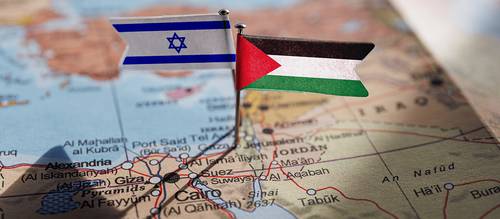Pongal is celebrated traditionally, by farmers to thank the revered sun god for the season's abundant harvests. But the times have changed and from the traditional village setup, our lives have evolved into the city culture. And yet, most of us stay true to our roots and commemorate this harvest festival in the form of joyous celebrations.
The four day festival begins with the day of Boghi. Although misconceptualized as the festival of burning old belongings and clothing, it is actually a day filled with bonfires and folk songs. In recent times, people have become more aware of the rampant dangers that are associated with this festival and it would be fabulous if people inculcate the practice of donating their old belongings and clothing for charity, instead of burning them, and ushering in a new era of prosperity with new clothes and gifts for everyone.
Next we have the actual day of Pongal, that is Thai Pongal. Pongal is significantly important for that is the day when people cook both types of Pongal, the salty or Ven Pongal and the sweet or Chakkarai Pongal, as well as other dishes like Vadai, Payasam etc., and offer it to the gods first, as offerings and thanksgiving for the prosperity that has been bestowed up on them. The tradition of standing near the Pongal pot or Paannai and waiting for the Pongal foam to overflow and shout “Pongalo Pongal!” is definitely one of the highlights of this day. Once the pot is just on the verge of overflowing, Broad Beans or Avarrakai seeds and rice are put into the pot to contain it. Sugarcane is one of the widely available delicacies during the festival season, and people relish in having their fill during these holidays.
The third day is Maattu Pongal, which is the day dedicated to the worship of cattle. Despite the lack of cattle in urban homes these days, many still try their best to honor them. Kanu pidi, is the tradition of feeding the birds by keeping them handheld pidi of many colorful food items on sugarcane and turmeric leaves and singing songs like “Kanu pidi, Kaka pidi”, hoping for the birds especially the crows to share and enjoy the offerings.
The fourth and last day of the festival is Kaanum Pongal, which marks the end of the festivities. Many spend the day as a family and get-together to enjoy their day.
Whether it may be the mouth-watering delicacies, or the new clothes and gifts, the crunchy sugarcane, or the aesthetic Kolams and Rangolis, the Pattimandram at 10 A.M or the movies throughout the day on TV, the best part about the festival would be the time well spent with our families and loved ones. The fun and bonding throughout this festive season leaves us with a new-found appreciation for our culture (Namma Panpaadu), and with happy memories to cherish.





